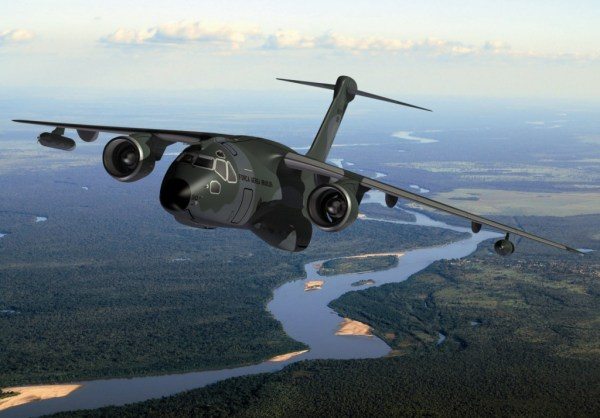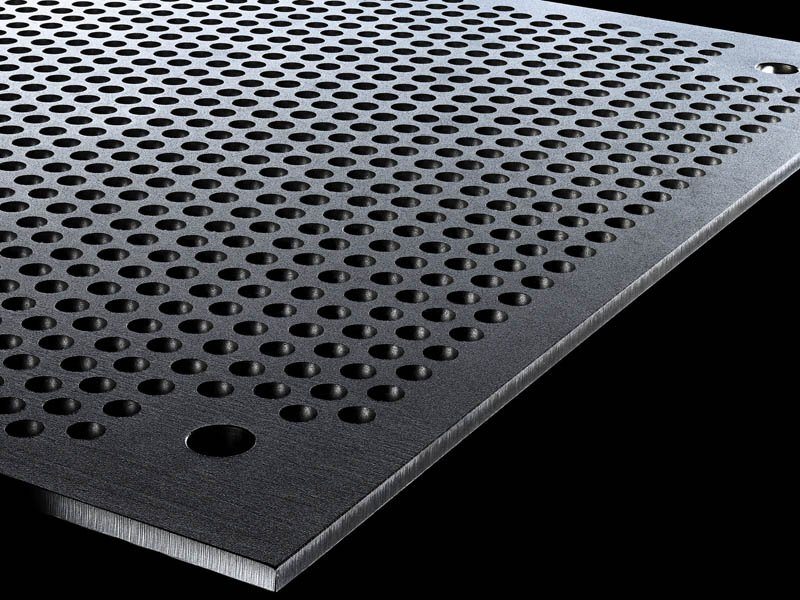Embraer just announced the selection of Elbit Systems’ Brazilian subsidiary Aeroelectronica (AEL) Sistemas to provide the mission computer system for the KC-390 Airlifter, currently under development for the Brazilian Air Force. In addition, a joint venture has been formalized between Embraer and AEL to create Harpias Sistemas, which will eventually maintain, modify and offer the Hermes unmanned aerial vehicle (UAS) to Brazil and other countries in Latin America.
So far this month, Embraer has awarded contracts to UK-based Cobham Mission Equipment to supply the wing refueling pods and Italian Finmeccanica’s subsidiary Selex Galileo to supply the T-20 Gabbiano tactical radar. In the last couple of months, Embraer has also chosen its subsidiary ELEB Equipment to develop and supply the heavy duty landing gear, French Safran to deliver wheels and carbon brakes, International Aero Engines (IAE) for the 27,000-30,000lb thrust (120-133kN) V2500-E5 engines, UK-based BAE Systems for the flight control system, US-based Rockwell Collins for their Pro Line Fusion advanced avionics system, comprised of five high resolution 15 inch liquid crystal displays (LCD), Argentine Fabrica Argentina de Aviones (FAdeA) and Czech Republic Aero Vodochody to manufacture the rear fuselage, fixed leading edges, doors, spoilers, tail cone, flap fairing and the cargo ramp.
In 2010, Embraer and the Brazilian Air Force signed a contract to develop the KC-390. The aircraft is a medium military transport, expected to lift a maximum of 23 tonnes (50,706 pounds) and perform tanker missions to refuel both aircrafts and helicopters. The KC-390 will compete head-to-head with Lockheed Martin C-130J Hercules, capable of transporting 14.7t at a distance of 2,600nm, 19t at 2,000nm or 23t at 1,400nm. Letters of intent from Argentina (6), Brazil (28), Chile (6), Colombia (12), Czech Republic (2) and Portugal (6) have declared their intention to buy a total of 60 aircrafts in exchange of manufacture participation in the program. The KC-390 is scheduled to make its maiden flight in 2014 and enter service in 2015.











